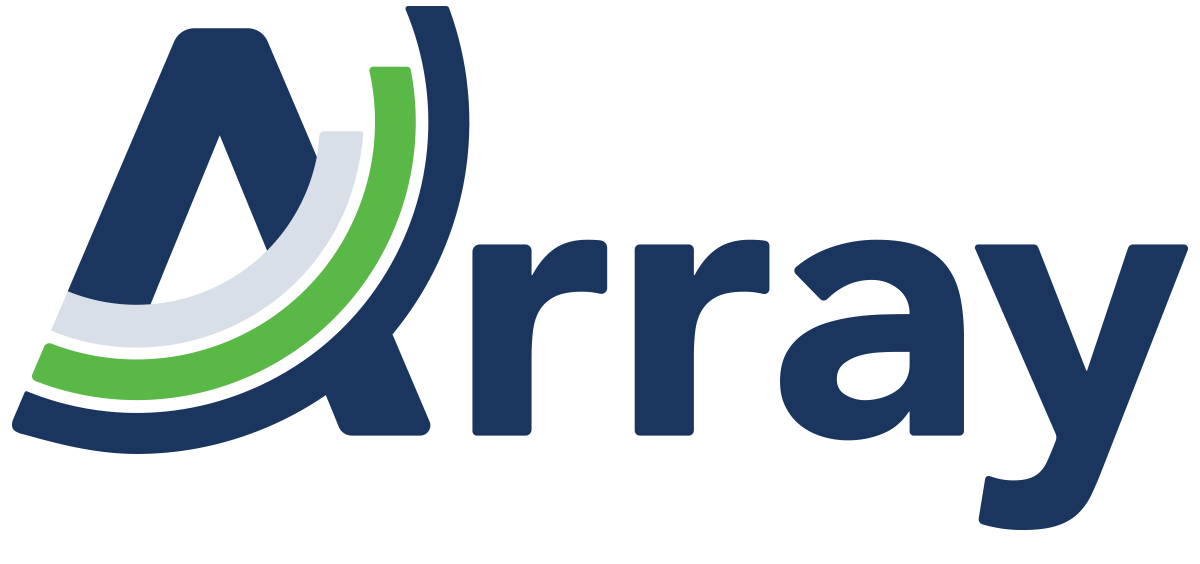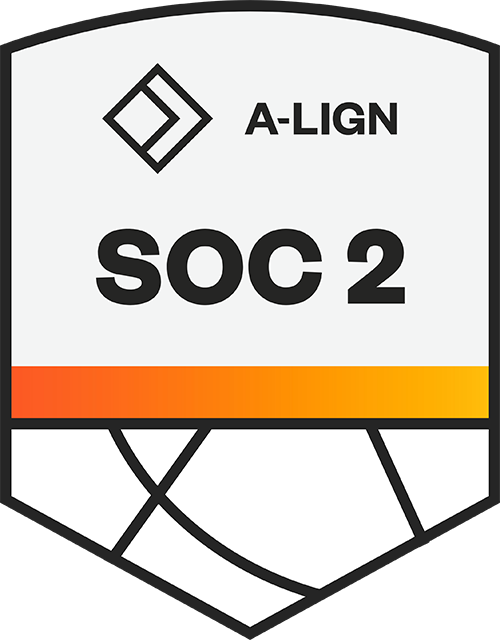In my two decades in the legal field, I’ve witnessed the evolution from physical document rooms to sophisticated digital platforms. I started in document centers, manually Bates-stamping pages and tracking everything on spreadsheets. The inefficiency was staggering – coffee spills could ruin critical documents, sticky notes jammed copiers, and moving banker’s boxes consumed countless hours.
When I first encountered eDiscovery technology, it was a revelation. Since then, I’ve worked with numerous platforms, but I keep coming back to Casepoint. Here’s why.
Calling Things What They Are
Casepoint’s most refreshing aspect is its straightforward approach to terminology. If you’ve spent time in eDiscovery, you’ve encountered platforms that create unnecessarily complex names for basic functions. Casepoint “calls things what they are.”
This clarity makes a significant difference in practice. When I explain similarity searching to attorneys, they immediately understand what “similarity percentage” means without translation. This is especially valuable when working with lawyers who – understandably – never want to feel out of their depth in front of colleagues.
The interface resembles familiar tools like Outlook, creating immediate comfort for new users, which means I can get clients productive quickly without the steep learning curve other platforms require.
The In-House Solution That’s Not In-House
The pandemic revealed the limitations of on-premises solutions when attorneys needed to work remotely. VPNs failed, Citrix environments crashed, and accessing case data became frustratingly difficult.
Casepoint offers what I describe as “the in-house solution that’s not in-house.” It provides the control of in-house tools without the hardware maintenance, IT overhead, and accessibility limitations.
This cloud-based approach eliminates the frustrations of traditional on-premises tools like Eclipse SE, allowing teams to securely access their matters from anywhere.
Quality Over Marketing Hype
In eDiscovery, there’s often a disconnect between marketing and reality. I’ve seen platforms rush features to market before they’re fully functional, leaving clients to deal with the consequences.
Casepoint takes a different approach. They keep features in beta testing – sometimes frustratingly long – to ensure reliability before release. This commitment to quality means fewer disruptions and more consistent results.
Consider email threading, a seemingly basic feature many platforms struggle with. I’ve worked with systems that promised sophisticated threading but frequently failed to identify inclusive emails correctly. Casepoint’s implementation just works, allowing review teams to confidently reduce review populations.
Practical Analytics That People Actually Use
While the industry buzzes about artificial intelligence, most cases don’t require these sophisticated approaches. What litigation teams need are reliable tools to efficiently search, review, and produce documents.
Casepoint takes a practical approach to analytics. Their email threading and near-duplicate detection work consistently – refreshing for those burned by tools that promised sophisticated analytics but couldn’t deliver.
In 2025, more clients are embracing these foundational analytics rather than chasing the latest AI trend, recognizing that basics done well often provide the greatest ROI.
Casepoint doesn’t lack advanced capabilities – their active learning solution works effectively for larger cases – but they don’t position these tools as necessary for every matter.
Features That Solve Real Problems
Among Casepoint’s standout capabilities are several that address specific challenges:
- Legal Hold Management: Casepoint offers a robust legal hold solution that streamlines the entire process from custodian notification to acknowledgment tracking. Their legal hold functionality has become particularly vital for organizations seeking to replace manual spreadsheet-based tracking with a defensible, automated system.
- API Capabilities: Casepoint’s recently expanded API framework opens exciting possibilities for custom integrations and automations. This allows organizations to build custom reporting solutions, automate routine tasks, and create specialized workflows tailored to their specific needs.
- 3D CAD Drawing Support: A game-changer for construction and patent cases, allowing users to view complex technical drawings directly in the platform. Relativity still doesn’t offer this functionality.
- Video and Audio Transcription: Automatically transcribe media files to make them searchable alongside document content, with synchronized playback.
- Coming Soon – Video Redaction: Advanced capabilities to redact faces and audio in video content. This has been thoroughly beta tested and will solve a significant challenge for matters involving sensitive video.
- Spreadsheet Redactions: While every platform struggles with Excel files, Casepoint’s approach to spreadsheet handling and redaction is particularly effective.
Migration Success Stories
Migration doesn’t have to be painful. We’ve guided numerous clients to Casepoint with minimal disruption, developing streamlined workflows for different scenarios:
One firm needed full support from platform selection to implementation. We evaluated options together, ultimately choosing Casepoint based on their specific requirements, then handled migration and training.
Another firm had already selected Casepoint but needed technical expertise for the transition. We focused on efficient data transfer and validation while they maintained focus on their cases.
Both migrations completed seamlessly, with legal teams continuing their work uninterrupted throughout the process.
A Scalable Solution for Cases of All Sizes
Casepoint scales effectively whether you’re working with a few thousand documents or millions of records.
Esther Trifan, Director of eDiscovery and Client Services at Array, emphasizes this scalability: “Casepoint can handle any size matter. While we’ve been positioning it to small and mid-size law firms, it’s important to recognize that Casepoint has direct contracts with government entities like the SEC and Department of Defense, as well as many major corporations that are handling large-scale collection, data culling, and review. It can truly support any type and any size of matter.”
This enterprise-grade capability is particularly important for organizations that handle diverse case sizes. Rather than maintaining separate tools for different matter types, Casepoint provides a consistent experience across the spectrum. We’ve worked with cases exceeding one million records without performance degradation – a testament to the platform’s robust architecture.
Final Thoughts
In an industry that sometimes gravitates toward the shiniest new feature, Casepoint’s approach is refreshingly practical. The platform treats eDiscovery as what it should be – a straightforward way to find, review, and produce documents without unnecessary complexity.
For me, that practicality brings me full circle to why I fell in love with eDiscovery initially. It’s about making legal work more efficient, more defensible, and less prone to the errors that plagued paper-based systems. Casepoint delivers on that promise without the hype.
Ready to See Casepoint in Action?
Whether you’re considering migration from a legacy platform, looking to optimize your existing Casepoint environment, or evaluating eDiscovery solutions for the first time, I’d welcome the opportunity to show you how Casepoint can address your specific challenges.
At Array, we take a consultative approach, focusing on your unique workflows rather than pushing technology for its own sake. I’m available to:
- Provide a personalized demonstration tailored to your specific matter types
- Discuss migration strategies from legacy platforms
- Consult on workflow optimization to maximize efficiency
- Explore how Casepoint’s analytics apply to your document populations
Having worked inside law firms before moving to the vendor side, I understand both technical and practical aspects of implementing eDiscovery solutions. My goal is helping you find the most straightforward path to solving your document challenges.
Contact me at heather.mailman@array.com to schedule a consultation or demonstration.
Heather Mailman, Litigation Support Solutions Specialist
Heather Mailman is a Casepoint Subject Matter Expert at Array with over two decades of experience in legal technology. Beginning her career in document centers and continuing her education to become a Litigation Paralegal, she now specializes in helping organizations implement efficient, defensible eDiscovery workflows.

